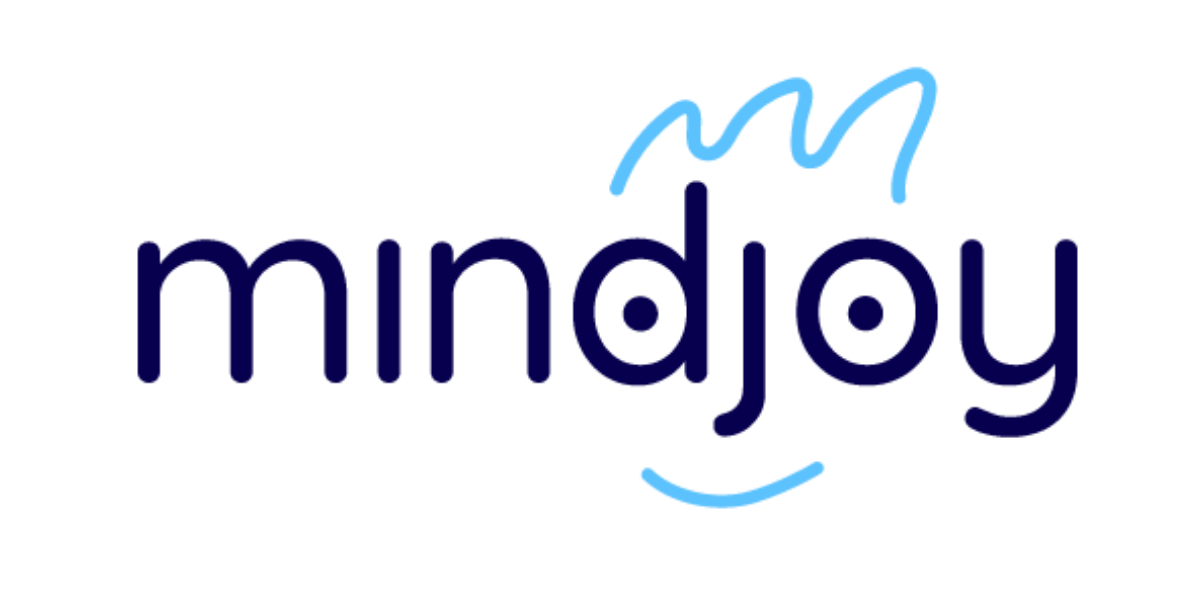One of the biggest issues for AI in education is that, for most people, AI equals ChatGPT.
Whilst most teachers have used AI, they're talking about simple model chatbots and in most cases, they've done so discretely and quietly because, well, it feels like cheating when you're using it to speed up your report writing, or your marking. That's not what AI is to education - anyone can knock up a worksheet, lesson plan or bunch of reports with a tool like ChatGPT but it's really difficult to picture exactly what it can be used for when it's such a blunt tool.
As educators and students grapple with the implications of AI in education, it's crucial to recognise the limitations of popularly used models like ChatGPT. While these tools can generate impressive results in text-based tasks, they are essentially designed to please users by providing immediate, coherent answers. This feature, though seemingly beneficial, can be a double-edged sword in educational settings.
Pleasing the User > Making Them Think
ChatGPT's primary function is to satisfy the query of the user with text that is likely to be deemed relevant and of high quality. However, in the context of education, learning is deeply intertwined with the process of inquiry and struggle. True comprehension often arises from the challenges that come with critical thinking and problem-solving. When a student is simply handed an answer, the opportunity for cognitive growth is diminished.
This is why most teachers fear AI: it turns most assessment practices into a single sentence ask from the students - and if you're not engaging with AI as a school then chances are that everyone's already using it but saying nothing. All you're going to get out of that is students who don't understand why their thousand-word essay is a bunch of nonsense, and teacher's not reading them in the first place as ChatGPT has marked it for them.
It's a Large Language Model, not a Large Maths Model
The term "language model" can be misleading. Although ChatGPT can manipulate language to answer questions or write essays, its capability to handle complex, non-linguistic problems like advanced mathematics and out of the box its scientific reasoning is limited. It may provide methods and explanations in some cases, but it lacks deep understanding and cannot replace the nuanced, subject-specific learning that educators impart - heck, sometimes it just totally gets the mathematics wrong and then has to apologise as it realises the error it's made down the road.
Lots of STEM teachers have, as a result, not paid much heed to the advent of AI, but if the very teachers who are usually the most vocal about a new technology are giving it a wide berth at the moment then how can we expect to push it forward in a manageable way for education?
It Really Wants to Give You an Answer
ChatGPT aims to generate responses that are likely to be seen as useful by the user. This eagerness to provide answers, regardless of the user’s intent or the complexity of the question, can lead to an overreliance on the tool for tasks it may not be suited for. In educational settings, this can undermine the development of self-efficacy and independent learning skills among students.
It's even worse than that - sometime's ChatGPT gets a little sycophantic and just wants to give you an answer, whether it's right or wrong be damned. And that's not how we want to live our lives, is it?
How Do We Fix It?
Addressing the challenge presented by AI like ChatGPT in education requires a multifaceted approach. Here are several strategies:
- Promote Critical Engagement: Educators must encourage students to interrogate and critically engage with AI-generated content. This might involve questioning the sources, validity, and logic behind the information presented by the AI.
- Socratic AI: We need to engage students in AI working in a Socratic way - that is much more like how a teacher actually teaches. An AI that asks questions, interrogates student understanding and tries to get them to think is going to be a much more effective tool
- Enhance, Don't Replace: AI should be positioned as an enhancement and augmentation tool to aid the educational process, not a replacement for traditional learning methods. It can serve as a starting point for research, a prompt for discussion, or a means to explore alternative viewpoints - what it should never be is a replacement for a person in a room teaching their passion.
- Customise AI for Education: Developers should work in tandem with educators to create AI tools specifically designed for educational purposes. These tools could focus on process-oriented tasks, ask guiding questions, and encourage exploration rather than delivering ready-made answers.
- Incorporate AI Ethics: Include discussions around AI ethics and the implications of its use in schools. Students should be made aware of both the potential and the limitations of AI, fostering a responsible and informed approach to its usage.
- Embrace Project-Based Learning: AI cannot easily assist with hands-on projects that require physical creation or real-world problem-solving. These modalities can help maintain the relevance of the human element in learning.
- Focus on Personalised Learning: AI can be harnessed to tailor educational experiences to individual students' needs. By providing personalized prompts and feedback, AI can enhance the learning experience without overshadowing the role of the teacher.
- Design AI-Savvy Assessments: Assessments should evolve to test skills that AI cannot mimic, such as original thought, complex problem-solving, and personal insight.
By reconceptualising the use of AI in education, we can transform it from a blunt tool into a sharpened instrument that complements and enhances the learning experience. It is only with thoughtful integration and an understanding of AI's limitations that we can ensure the future of education remains human-centric, fostering learners who are prepared for an AI-augmented world.
Oh. Looks like we've been doing that for a while, that's what Mindjoy is all about.
Mindjoy embodies this nuanced approach to integrating AI in education. By focusing on thoughtful AI integration that respects the limitations and potential of technology, Mindjoy is at the forefront of crafting a future where education remains human-centric yet is enhanced by AI.
Experience the Mindjoy difference yourself with a 14-day free trial and discover how AI can complement and enrich the learning experience in ways that are both meaningful and impactful. 🚀✨


